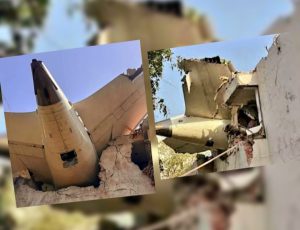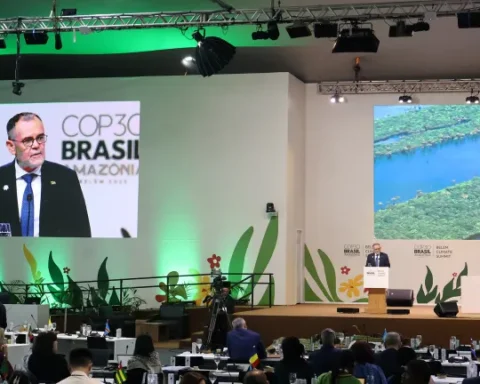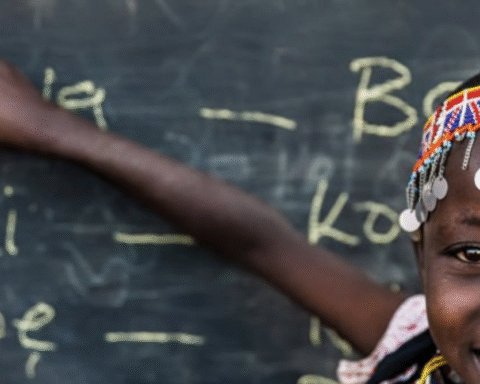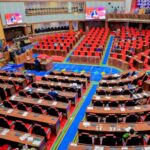In a devastating turn of events, India is reeling after a Boeing 787 Dreamliner airliner crashed into a residential area in Ahmedabad on Thursday, June 12, killing at least 265 people—making it one of the worst aviation tragedies in the country’s recent history.
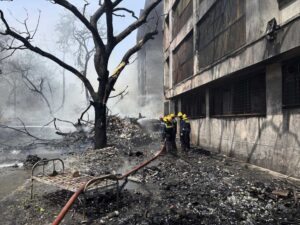
The aircraft, operated by Air India under flight number AI171, was en route from Sardar Vallabhbhai Patel International Airport to London Gatwick when it encountered what investigators believe could have been a catastrophic systems failure moments after takeoff.
On board were 242 people, including passengers and crew. The dead include 169 Indian nationals, 53 British citizens, seven Portuguese nationals, and one Canadian. In addition, 24 residents of the hostel building—a facility that housed junior doctors and interns—were killed when the aircraft struck the structure. Only one person, a British citizen, survived the crash and remains in critical condition at Ahmedabad Civil Hospital.

Eyewitnesses said the aircraft appeared to be struggling in the air before it descended rapidly into the densely populated medical hostel zone, located just a few kilometers from the airport. “It was like the sky exploded,” said local resident Harshad Mehta. “We heard a loud bang, then screams, then silence.”
Prime Minister Narendra Modi, who arrived in Ahmedabad early Friday morning, visited the site and met with rescue teams and survivors. Calling the crash a “national tragedy,” Modi vowed full government support for those affected. “Every life lost is a wound to the soul of the nation,” he said.
Emergency crews from the National Disaster Response Force (NDRF) worked through the night, battling fire, smoke, and collapsed concrete to recover bodies and search for the missing. The black boxes of the aircraft—the flight data recorder and cockpit voice recorder—were located and are being analyzed by the Aircraft Accident Investigation Bureau of India in collaboration with technical teams from Boeing, the Federal Aviation Administration (FAA), and the National Transportation Safety Board (NTSB).
Also Read; Congo Challenges China’s Hold on Cobalt Trade
The Gujarat government has announced a state day of mourning, and support centers have been set up to help families identify remains and receive grief counselling.
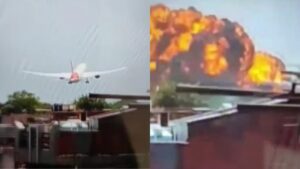
In response to the crash, India’s Directorate General of Civil Aviation (DGCA) is considering a temporary suspension of Boeing 787 operations in the country pending safety checks—a move reminiscent of past global groundings following aviation disasters.
International condolences have poured in from across the world. Messages of sympathy and solidarity came from UK Prime Minister Rishi Sunak, Canadian Prime Minister Justin Trudeau, UN Secretary-General António Guterres, and leaders of several Commonwealth nations.
Search and recovery operations are ongoing, with DNA testing being used to identify charred remains. The final death toll may rise as more bodies are recovered from the wreckage.
This crash will likely rank among the deadliest in India’s aviation history, a list that includes tragedies such as the 1996 Charkhi Dadri mid-air collision.

